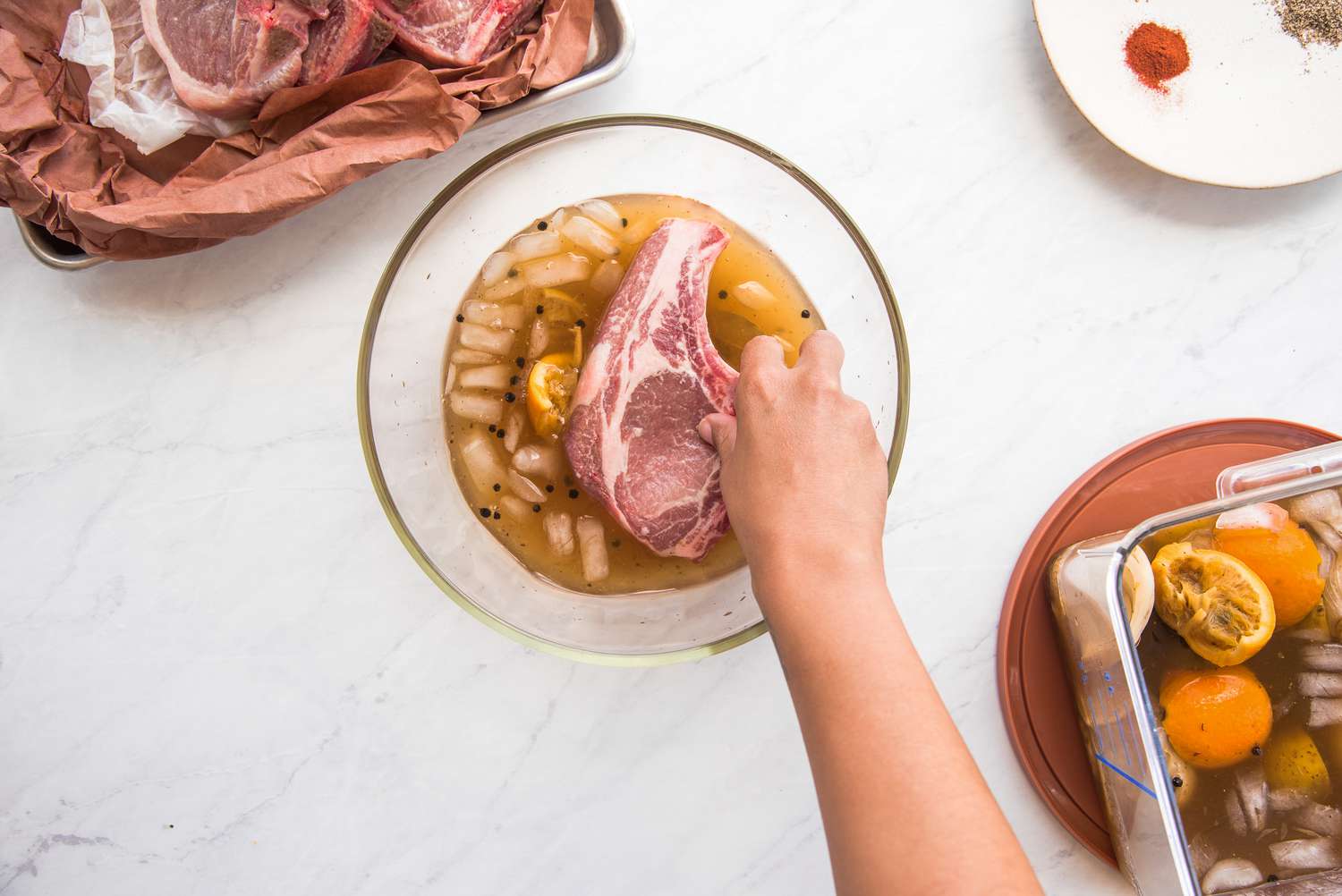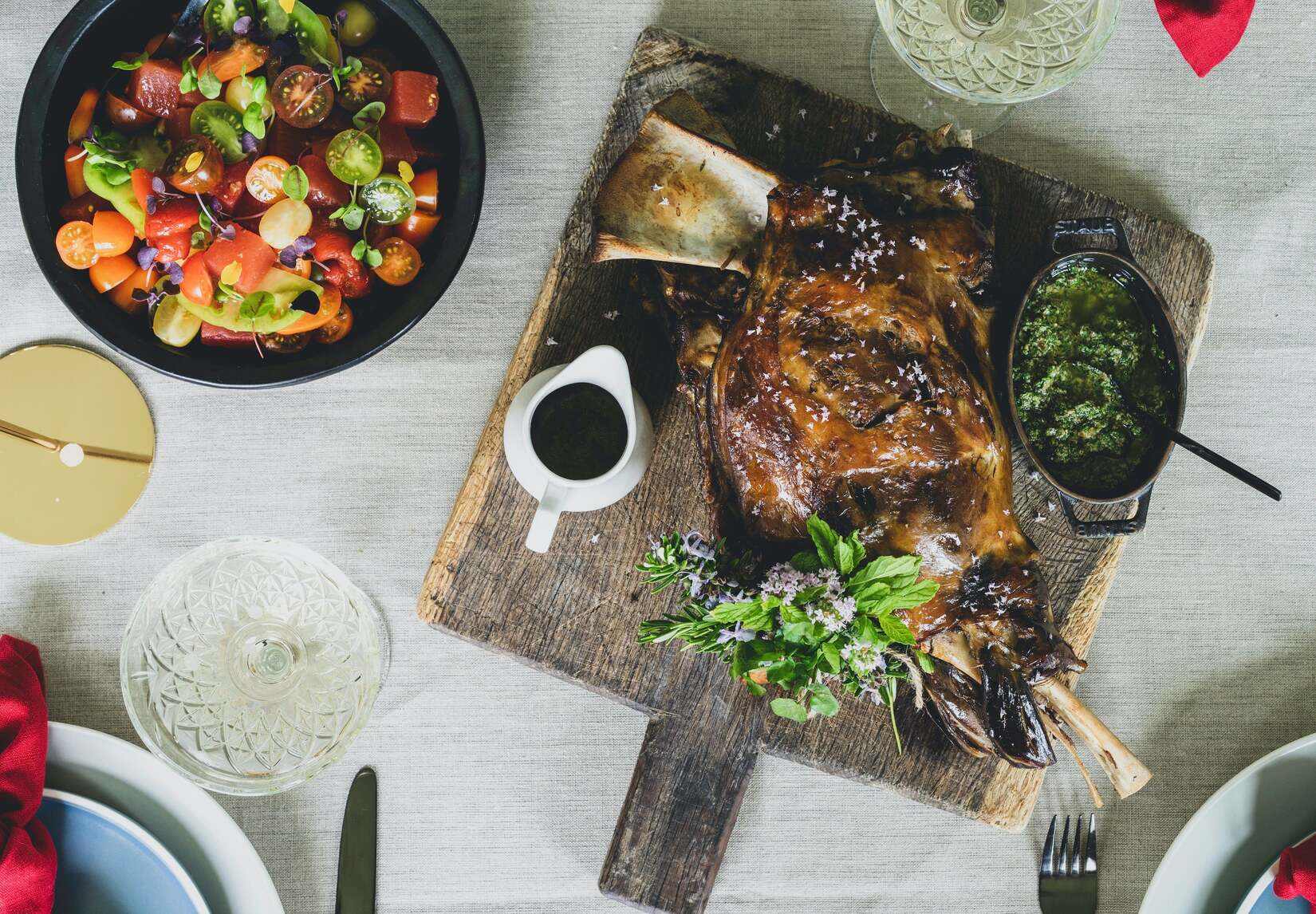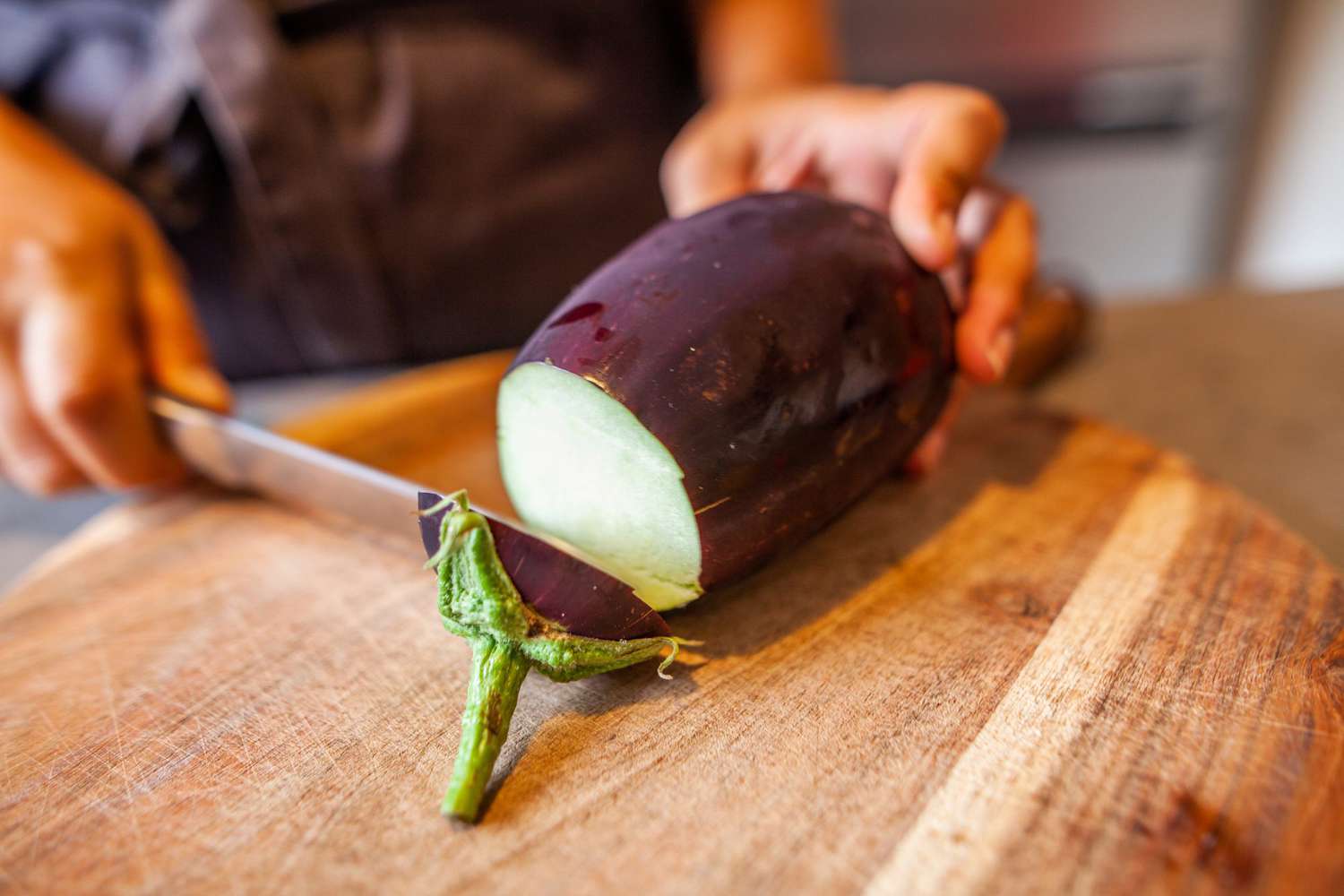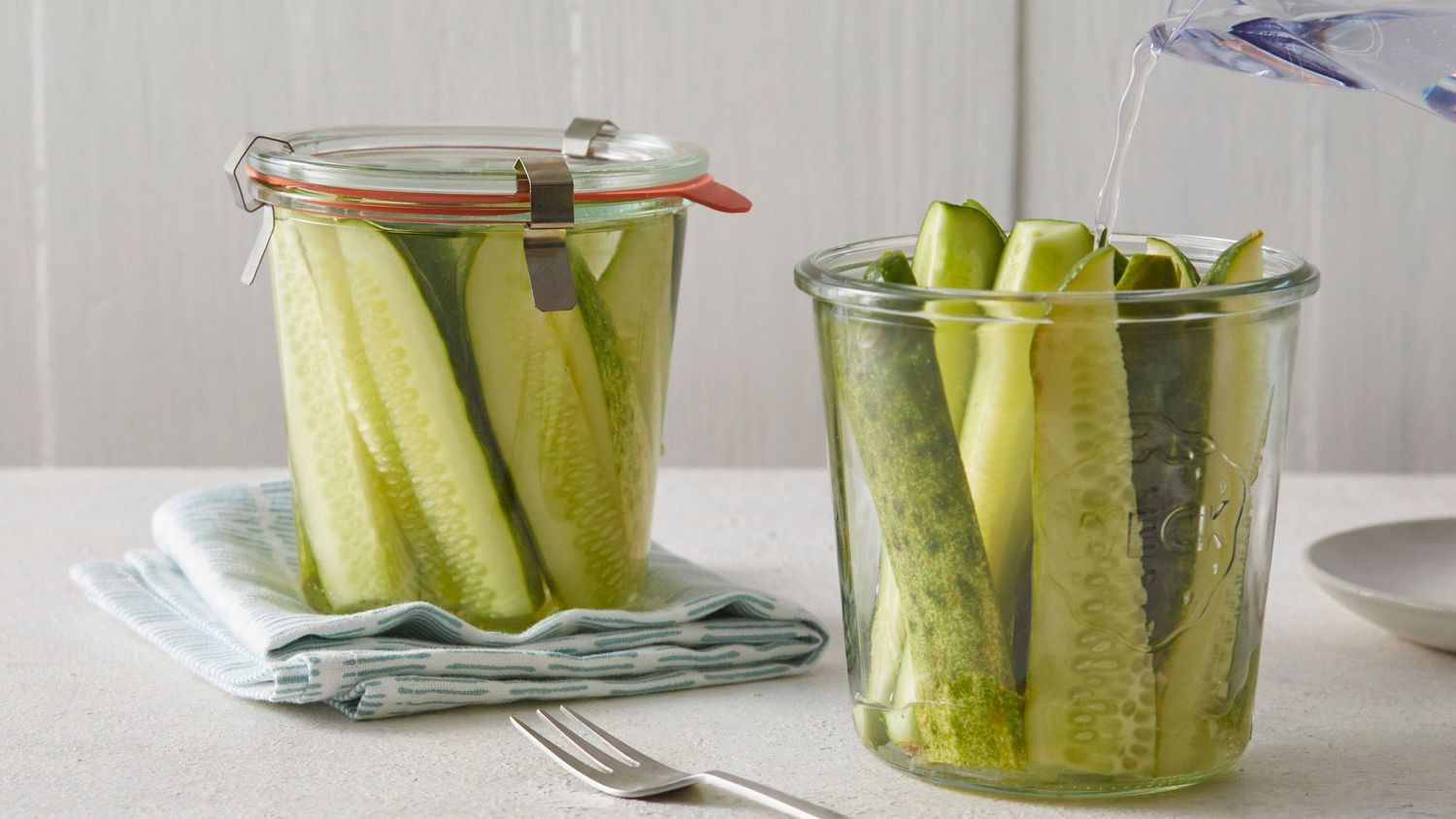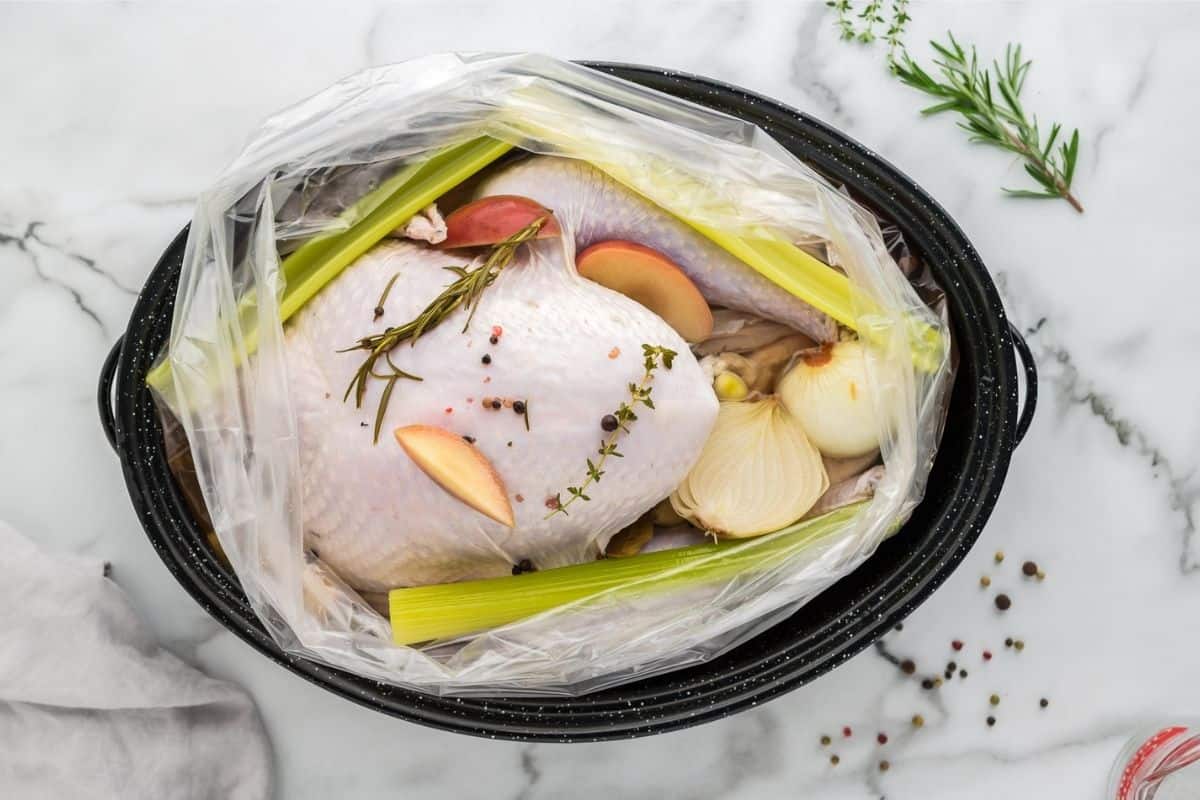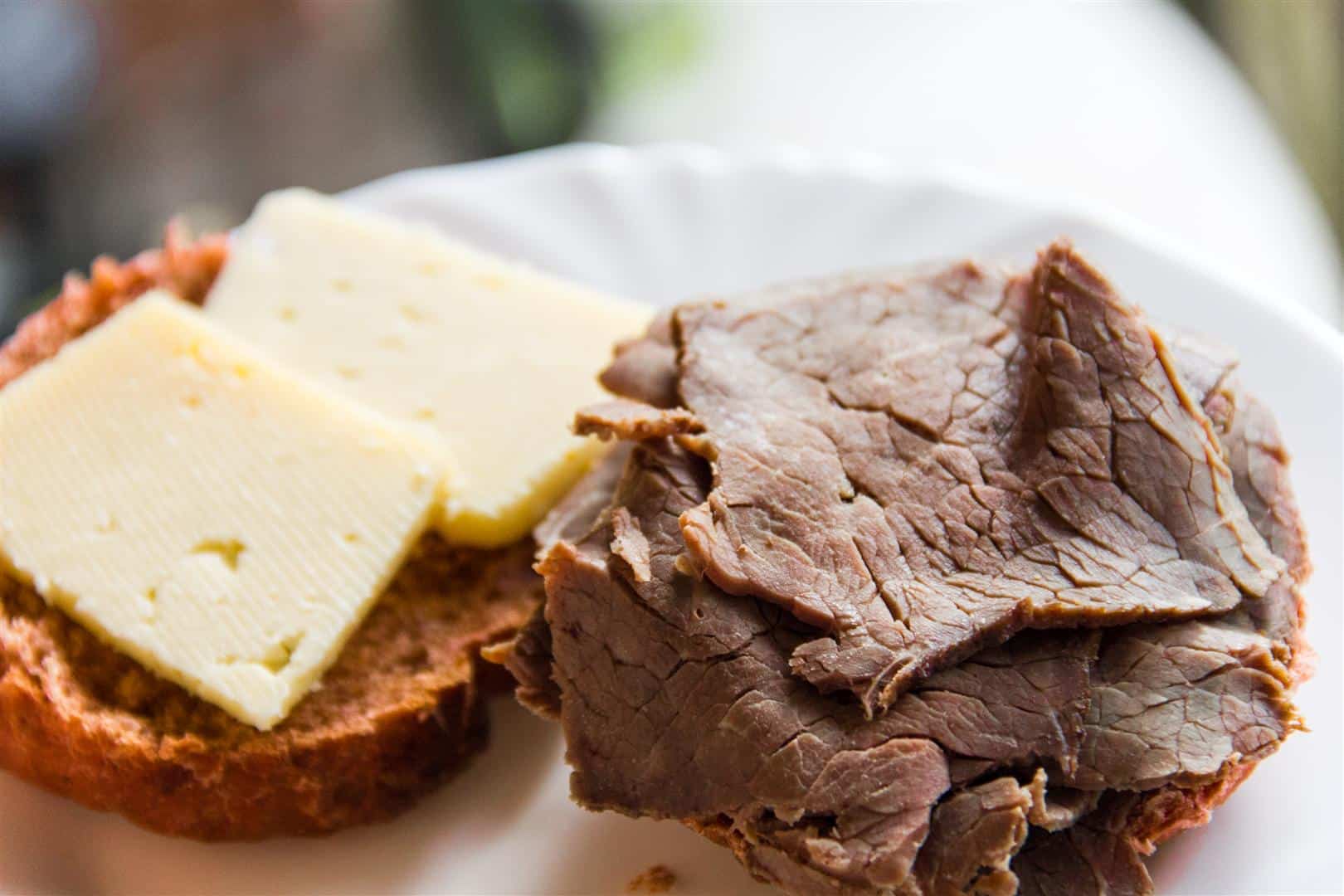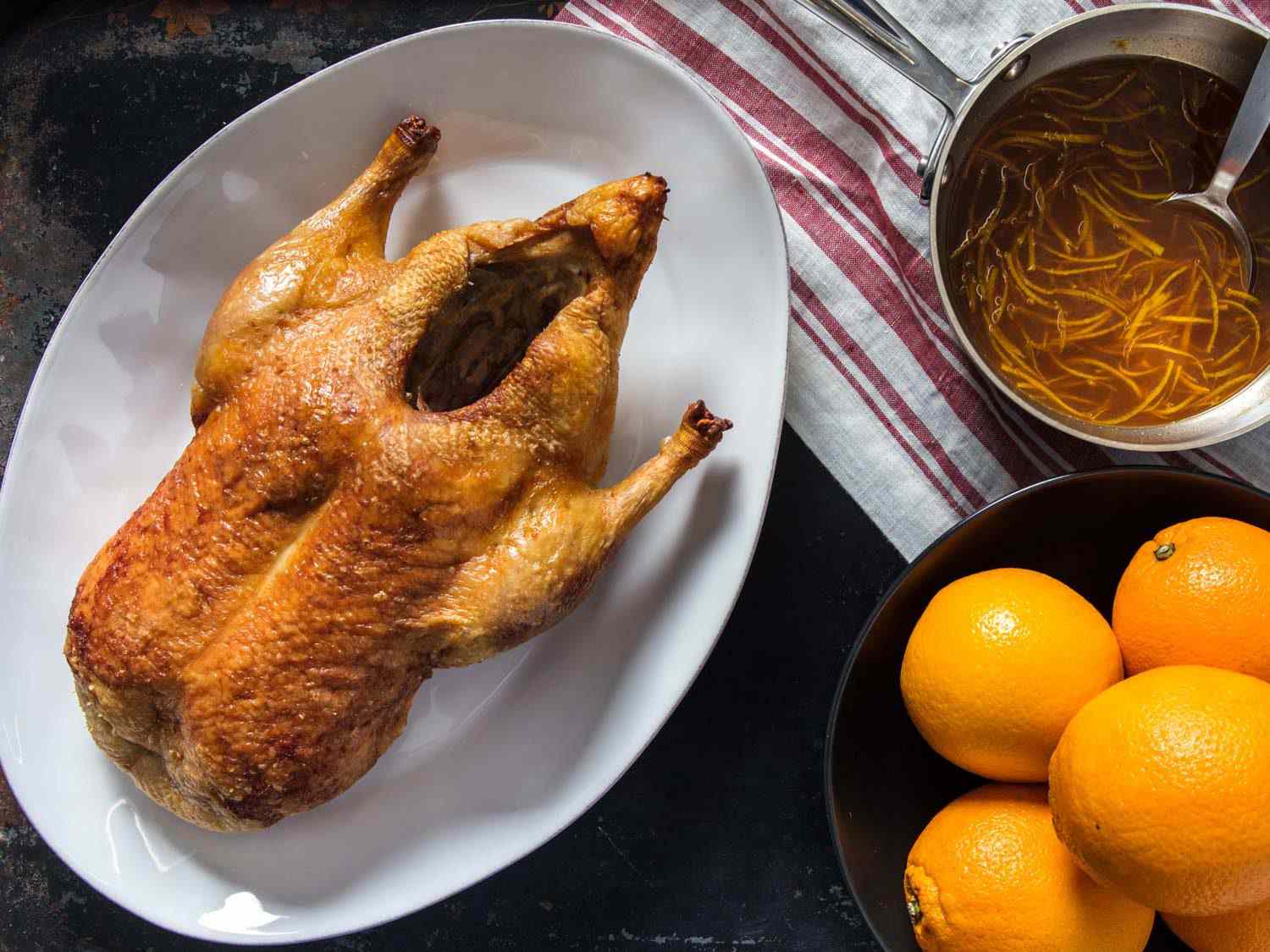Brining Grape Leaves: A Guide to Preserving and Enhancing Flavor
Brining grape leaves is a time-honored method of preserving and enhancing the flavor of this versatile ingredient. Whether you’re preparing dolmas, using them as wraps for grilling, or incorporating them into other dishes, brining grape leaves can elevate the taste and texture of your culinary creations. In this guide, we’ll walk you through the process of brining grape leaves at home, allowing you to enjoy their unique flavor all year round.
Why Brine Grape Leaves?
Brining grape leaves serves several purposes. It helps to preserve the leaves, allowing you to store them for an extended period. Additionally, the brining process imparts a subtle tanginess to the leaves, enhancing their natural flavor and making them more versatile in a variety of recipes. By following a few simple steps, you can create brined grape leaves that are perfect for use in a wide range of dishes.
How to Brine Grape Leaves
Brining grape leaves is a straightforward process that requires just a few key ingredients and some patience. Here’s a step-by-step guide to brining grape leaves at home:
- Harvest or Purchase Fresh Grape Leaves: If you have access to a grapevine, you can harvest fresh leaves for brining. Alternatively, you can purchase fresh grape leaves from a local market or specialty food store.
- Clean the Leaves: Rinse the grape leaves thoroughly to remove any dirt or debris. Trim the stems if necessary, but be careful not to tear the leaves.
- Prepare the Brine Solution: In a large pot, combine water, salt, and any desired flavoring agents such as garlic, lemon peel, or spices. Bring the brine to a boil, then allow it to cool to room temperature.
- Submerge the Leaves: Place the clean grape leaves in a large, clean container. Pour the cooled brine over the leaves, ensuring that they are fully submerged.
- Weight the Leaves: Place a clean, food-safe weight on top of the grape leaves to keep them submerged in the brine. This will ensure that they are evenly brined and preserved.
- Store and Wait: Cover the container and store it in a cool, dark place for at least one week. The longer the leaves sit in the brine, the more flavorful they will become.
Using Brined Grape Leaves
Once your grape leaves have been brined to perfection, you can start incorporating them into your favorite recipes. From classic dolmas to creative wraps for grilled vegetables or meats, brined grape leaves add a unique flavor and texture to a wide range of dishes. They can also be used as a flavorful lining for baking dishes or as a garnish for appetizers and salads.
Experiment with Flavors
While a simple salt brine is traditional for preserving grape leaves, don’t be afraid to experiment with different flavor combinations. Adding herbs, spices, or citrus zest to the brine can impart unique and delicious flavors to the leaves, allowing you to customize them to suit your personal taste preferences.
Enjoy the Fruits of Your Labor
Brining grape leaves is a rewarding process that allows you to enjoy the flavors of this versatile ingredient throughout the year. With a little time and effort, you can create a supply of brined grape leaves that will enhance your culinary creations and impress your family and friends. So, roll up your sleeves, gather some fresh grape leaves, and start brining – the delicious results will be well worth it!
Whether you’re a seasoned home cook or just starting to explore the world of preserving and pickling, brining grape leaves is a simple and satisfying way to elevate your culinary skills. With a bit of creativity and a willingness to experiment, you can create brined grape leaves that will add a burst of flavor to your favorite dishes.
So, why not give brining grape leaves a try? You’ll be delighted by the results and thrilled to have a supply of flavorful, preserved grape leaves at your fingertips.
Was this page helpful?
Read Next: How To Brine Rabbit
